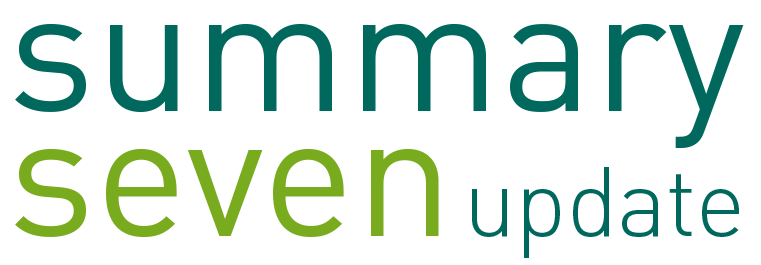Researchers from the Centre for Protein Diagnostics and the Institute of Pathology at the Ruhr-Universität Bochum, RUB for short, and the Department of Haematology and Oncology at the RUB St. Josef Hospital have developed a new imaging methodology using infrared microscopes that make use of quantum cascade laser beams. Artificial intelligence (AI) is intended to help diagnose 60,000 people suffering from colorectal cancer throughout Germany every year with a high degree of accuracy so that the right methods can be used for targeted therapy since previous methods have not always been able to differentiate between the different types of cancer. However, the classification of removed tissue works with the „IR imaging“ diagnostic tool with a sensitivity of 100 per cent and a specificity of 93 per cent, as a feasibility study involving 100 female and male patients recently showed. The procedures carried out so far have been costly because the tissue samples first had to be stained and then evaluated within 24 hours using gene analysis. The only now discovered procedure using AI requires neither staining nor marking, and little sample material is needed. The result is also available after 30 minutes by an automatic function. In the meantime, the new procedure has also been improved, because only an exact morphological examination could be obtained with the IR method, which provided information about the form and structure of the tissue removed from the patient with suspected colon cancer. Now, with the revised AI tool, molecular changes are also visible, because a distinction between so-called microsatellite stable (MSS) and microsatellite unstable (MSI) tumours is very important. Microsatellites are, in simple terms, short sections of genetic information. MSI tumours are more curable, respond better to immune therapies and also have a mutation rate that is a thousand times lower, while MSS tumours are more dangerous and the survival rate of affected patients is therefore much lower. AI, therefore, helps to make the right decision for therapy when one knows what kind of tumour it is. It also makes it easier to predict the prognosis that doctors tell patients.
